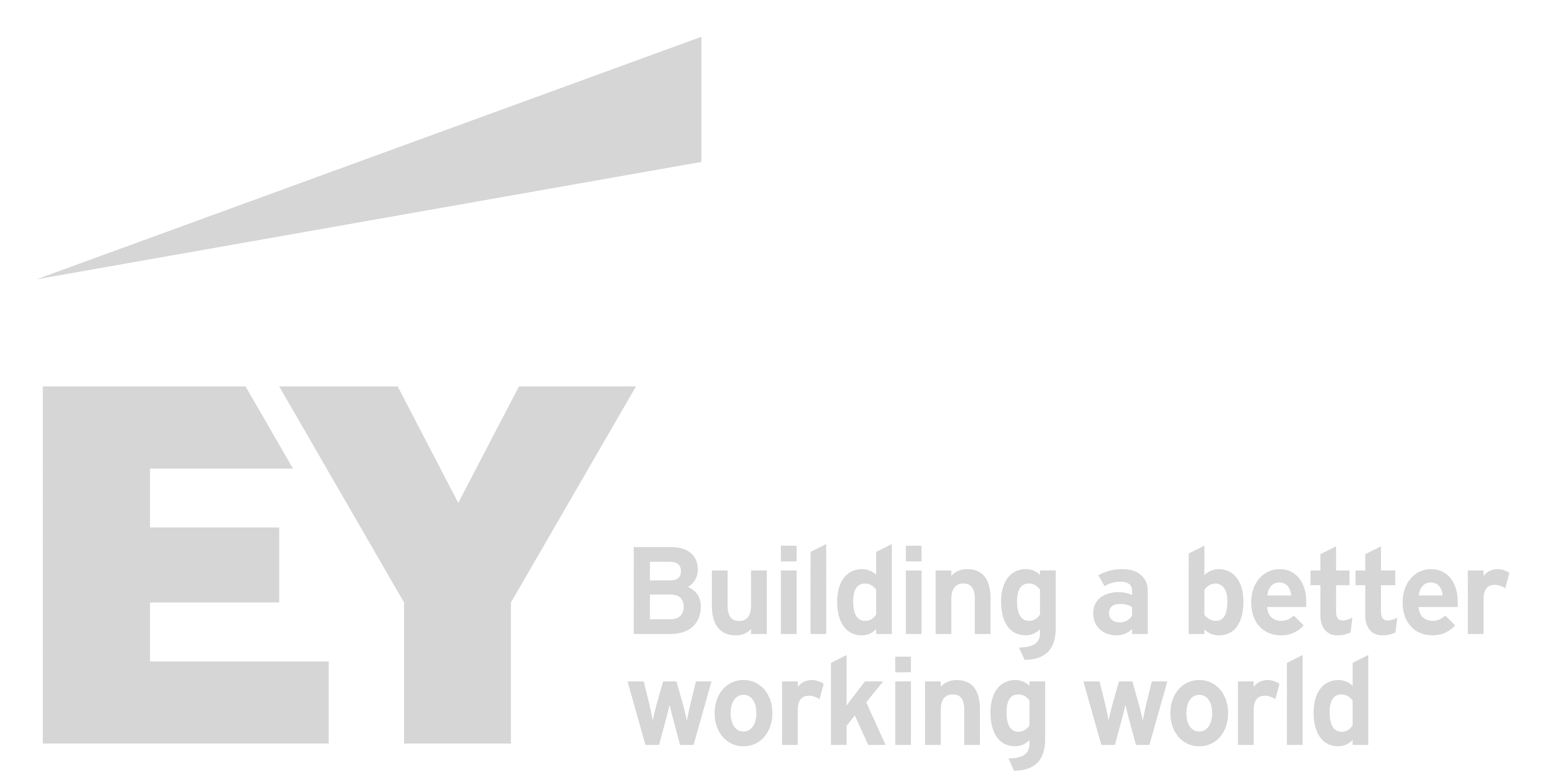report | 4 Key Themes • fin-tech rising globally
January 20, 2019

— report —
Rapid emergence and evolution. Mass consumer adoption and significant market traction. Strong future growth. These phrases summarize the bright, brief history of fin-techs — from the recent FinTech Adoption Index by firm Ernst + Young.
The report surveys more than 22,000 digitally active consumers — highlighting the impressive, rapid growth in adoption and the variations among 20 different markets. It’s clear that fin-tech has reached a tipping point.
And there will be more growth ahead in 2019. These fin-tech companies are setting the benchmarks for the global industry. They offer attractive, affordable, and valuable services to under-served consumers.
Traditional — and long-established — businesses must compete to “stay in the game.” Classic banks and institutions, credit card companies, lenders, insurance agencies, payment services, investment groups — all branches of the industry will rush to collaborate with on-trend start-ups.
In summary, they must upgrade to stay relevant — as millennial youth rise to control the digital, mobile future with their buying power and influence.
fin-tech products + services benefits | mobility, access, speed, value, efficiency, inclusion, ease

report | astonishing growth of fin-tech
group: Ernst + Young firm
report title: Fin-Tech Adoption Index
deck: The rapid emergence of fin-tech.
year: 2017
read | the report
format: Adobe
Ernst + Young | summary + video: Fin-Tech Adoption Index
for year: 2017

points | from the report
4 key consumer themes.
— no. 1 —
An initial mass adoption of fin-tech in most countries.
The fin-tech firms have gained significant market traction. In innovation adoption terms, fin-techs have reached the key milestone of “early majority.” The fin-tech industry’s success in emerging markets is because it can tap into tech-literate but financially under-served populations. Key findings:
- consumers using at least 2 fin-tech services: 33% across 20 surveyed markets
- markets with highest adoption rates: China 69% • India 52%
- average adoption across emerging markets: 46%
- evidence of increasing awareness — 84% of customers are aware of fin-tech services • in 2017
- evidence of increasing awareness — 62% of customers are aware of fin-tech services • in 2015
- average global fin-tech adoption — 33 % • in 2017
- average global fin-tech adoption — 16 % • in 2015
- fin-tech users who prefer digital channels to manage their lifestyle — 64 %
- non-fin-tech users who prefer digital channels to manage their lifestyle — 38 %
note: 2015 analysis of 6 markets surveyed: Australia, Canada, Hong Kong, Singapore, United States, United Kingdom
note: emerging markets are countries: Brazil, China, India, Mexico, South Africa
— no. 2 —
New services + players are driving higher adoption.
Building on fin-tech’s value opportunities + novel use of tech, the products + services expand their offerings, and attract more customers. New players — including established technology firms — are entering the market. The policy-makers are specifying regulatory frame-works in new areas, paving the way for more services.
- the most popular category — money transfer + payments • used by 50 % of consumers in 2017
- the category experiencing rapid growth — insurance services • they’ve reached 24 % adoption across markets
— no. 3 —
Customers of fin-tech prefer using digital channels + tech to manage their lifestyle.
Youth prefer fin-tech products + services, and lack strong relationships with traditional banks or providers.
- ages with most fin-tech use: ages 25 -to- 34 — 48 %
- ages with most fin-tech use: ages 35 -to- 44 — 41 %
- super-users — adopting 5+ services: 13 % of all consumers
— no. 4 —
Adoption will gain momentum.
Future adoption rate of fin-tech is predicted to be: 52 % globally
- markets with highest use intent: South Africa, Mexico, Singapore
- services with highest expected increase in demand: borrowing + financial planning

list | most used fin-tech products + services
Percent of digitally active customers — who used each product:
money transfer + payments: 50 %
- online foreign exchange
- pay via crypto-currency
- overseas remittances
- online digital-only banks without branches
- non-banks to transfer money
- mobile phone payment at checkout
insurance: 24 %
- car insurance using telematics
- insurance premium comparison sites
- activity-based health insurance
savings + investments: 20 %
- peer-to-peer platforms for high-interest investments
- crowd-funding platforms: investments in equity -or- rewards
- online: investment advice + investment management
- online: stock brokerage
- spread-betting
borrowing: 10 %
- borrowing using peer-to-peer platforms
- borrowing using online short-term loan providers
financial planning: 10 %
- online budgeting and financial planning tools
— notes —
* fin-tech = financial technology